Continuing the ongoing series of interviews with creative artists working on various aspects of movie and TV productions, it is my delight to welcome Zachary Galler. In this interview he talks about his path through the various positions in the camera department in his career so far, the hidden complexity of what goes on behind the scenes to bring these stories to our screens, digital vs film, and working with multiple directors across the season arc of a show. Around these topics and more, Zachary dives deep into creating the worlds of the delightfully sumptuous “Briarpatch”.
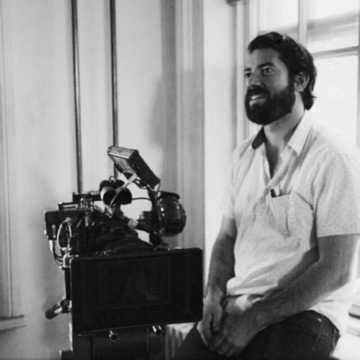 Kirill: Please tell us about yourself and the path that took you to where you are today.
Kirill: Please tell us about yourself and the path that took you to where you are today.
Zachary: My name is Zack Galler, and I started in this industry about 18 years ago. I grew up going on set, because my dad was a director of documentaries and small commercials when I was a kid.
I had the love for films since I was 14 when my dad took me to see “Pulp Fiction” in a theatre. It’s cracked my head open like an egg, and I realized that there was stuff that you could do and say at the movie that I hadn’t even conceived of as a kid. I fell in love with it, and I started gorging myself on all sorts of different things. It started with Tarantino who was, for me, the coolest director. When I got a little bit older, I started getting into European cinema, but basically I had this love for film when I was in high school. I used to go on set with my dad and he also knew some casting directors. So as a summer job growing up, I would go be an extra on a TV show and spend my time there.
Then I went to film school in New York for about 18 months, and ended up feeling like there are so many prerequisites. It felt like it was things I had already discovered on my own, and I ended up dropping out to play music – not knowing exactly how I was going to be getting involved in film in New York City. At some point I was talking to a gaffer on a job that I PA’ing on, and he got me a job working in a lighting rental warehouse. That was my introduction to the technical side of things. I worked there loading grip trucks to go out on jobs in the New York area for about a year. Then I started going out on sets and worked my way up from there.
I was an electrician and a grip, and then I was a gaffer. I had a really good DP taking me under his wings early on, probably before I was ready. That gave me the confidence to explore and he taught me so much. The first film I shot that had any cohesiveness to it was for this Columbia grad student, and I started building my portfolio from there doing music videos and shorts in New York – teaching myself camera language using the knowledge I had from lighting.
I shot a bunch of indie movies, and I was really lucky that the first feature I did got into Sundance competition, and the second feature I did got into Berlin. After about 6-8 indie movies, my agent reached out about a TV show and it’s been a lot of TV ever since and a couple movies in between. So that’s been my journey through the lighting department, starting as a truck driver and a warehouse guy, and working hard ever since.
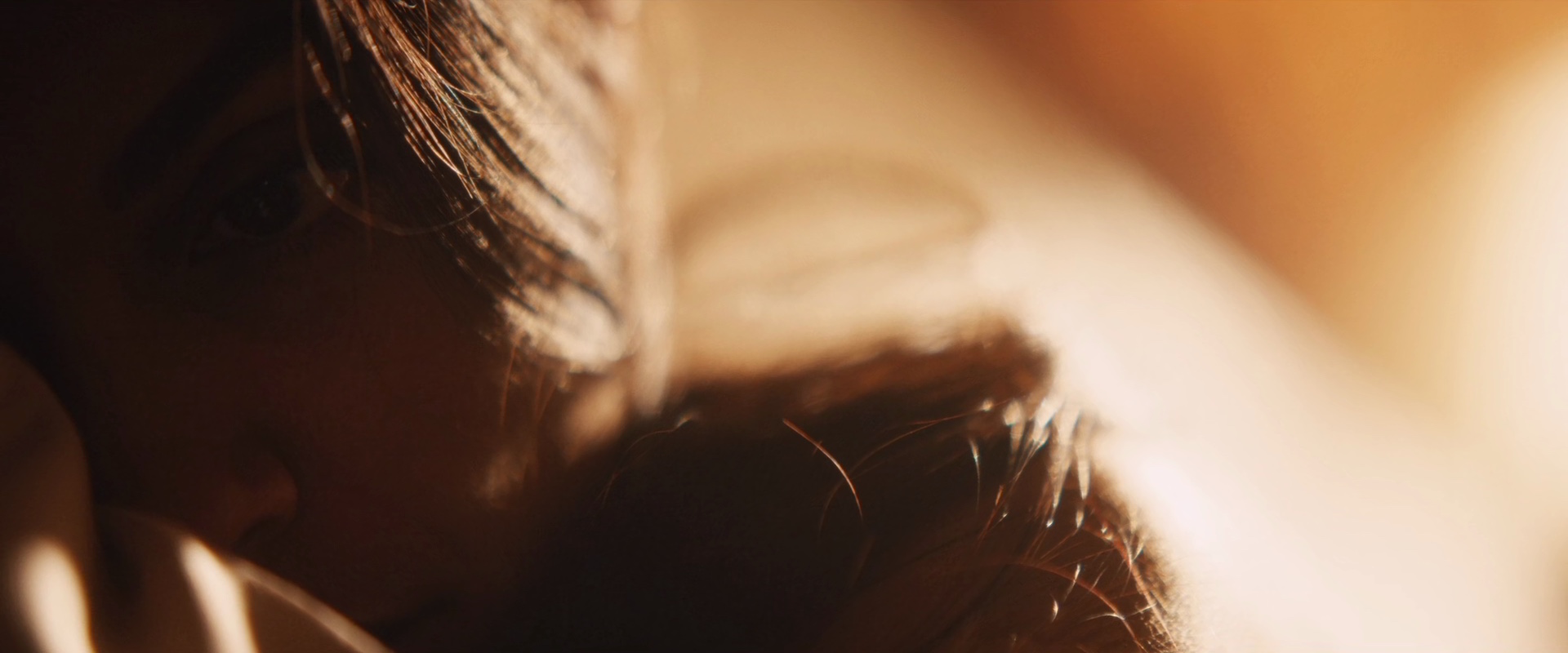
Cinematography of “Briarpatch” by Zachary Galler.
Kirill: When you talk about what you do for a living, how do you convey this complexity of how many people are involved in bringing these stories to the screen?
Zachary: The way that I look at my job is that I’m creating a world for the viewer to escape into or exist within, and cinematography has to be comprehensive like that.
Think about what it takes to make your everyday life going, and now imagine installing that temporarily in the warehouse somewhere or making that on a random street in New York. It takes a lot of people because there is a ton of detail, and the better shows are a complete world. You need to have a safe work environment that lets people to work within these space. It has to be well thought-out from an aesthetic angle. There are many layers of detail in the production design, the location and the lighting, and it takes a lot of people to put these things together in a way that lets you take them down again after you’re done shooting.
There’s an interesting interview with Harris Savides I read a long time ago where he compares this to merchant marines. You have this army of a sorts that comes in, does their thing and then takes it all down and disappears. Usually, it’s a hugely efficient, well-run machine.
Kirill: If I go along with this metaphor, do you want me as a viewer to think about this complexity, to think about all the layers that go into telling these stories when I’m watching it? I certainly don’t think about everything that was involved in making that loaf of bread when I buy one at my local grocery store.
Zachary: Ideally, the viewer is never thinking about anything technical like that, but rather ingesting it through the osmosis of what we’re serving. I’m there to serve the story and the actors, and usually they are holding up their end of the bargain. I don’t want the viewer to think about the camera or notice a cool looking light. I’d love for them to be able to immerse themselves in the world.
Hopefully, we’re creating worlds that look seamless and not contrived. My ideal goal is to always create a realistic world for you to exist in. But if a viewer is feeling self-aware, that becomes less effective, and the spell that we’re trying to cast is a little bit less strong.
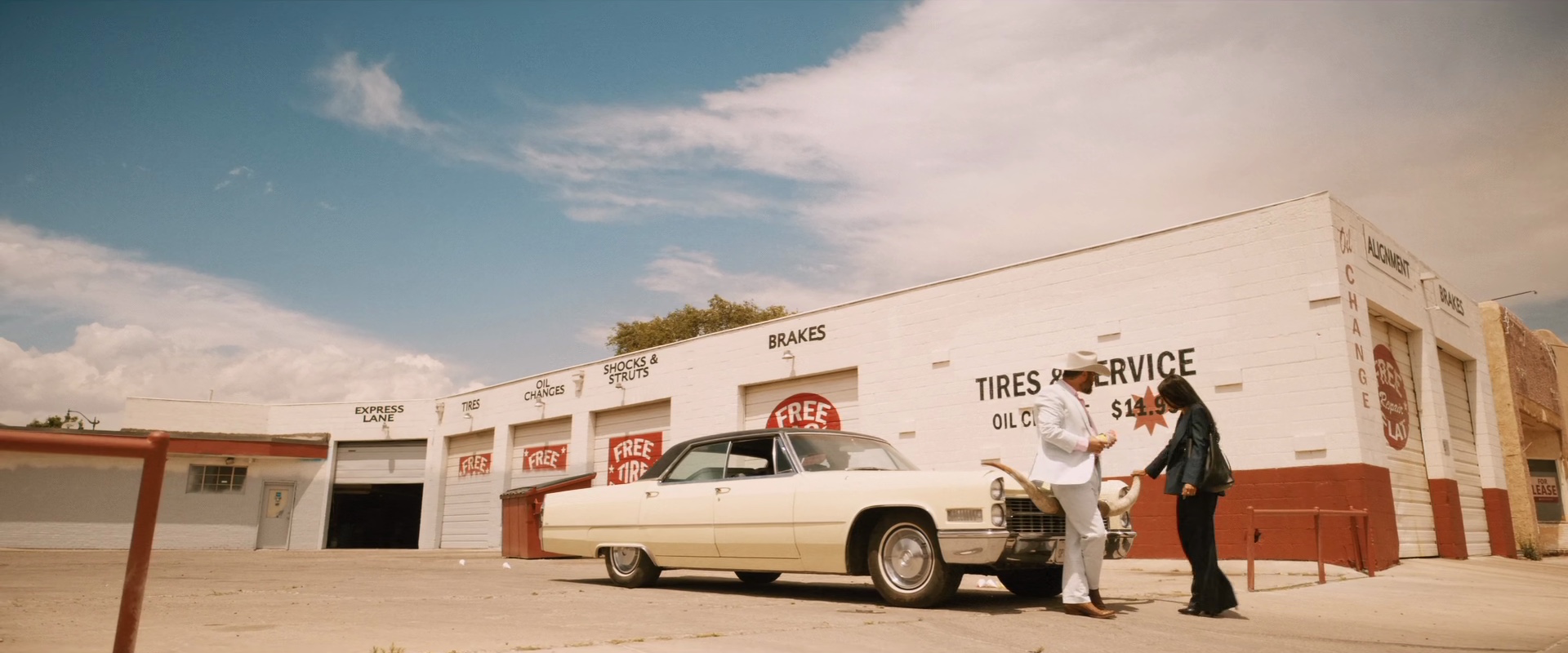
Cinematography of “Briarpatch” by Zachary Galler.
Kirill: Your portfolio has sections for different types of productions, from music videos to commercials to narrative storytelling. Is there any particular kind of production that is your favorite, or do they all exercise different parts of your creative brain?
Zachary: They all exercise different parts and they all have their own merits. I feel lucky that I’ve had the chance to work on a diverse variety of projects. Feature films definitely scratch a different itch than commercials, and TV is an in-between – and each requires a different skill set.
TV is such an interesting combination of crafts. You have to be so aware of your time and schedule. When I’m working on a TV production, it feels like you’re fighting schedule, while on movies you’re fighting the budget – and it’s all made better or worse by how much you can get everybody to care about the story you’re telling. Commercials are a whole another, sometimes frustrating, ball-game altogether. On music videos you usually fighting against your resources, but they provide such a fun platform to experiment visually.
Once you come up with the way that the world exists on your TV production, you have to go so fast – but not necessarily formulaic. By the time you’re on set, there are certain choices that you’ve already made, and there’s not a lot of time or room for discovery. Sometimes you get lucky and you get to work with people that support that, but that doesn’t happen frequently.
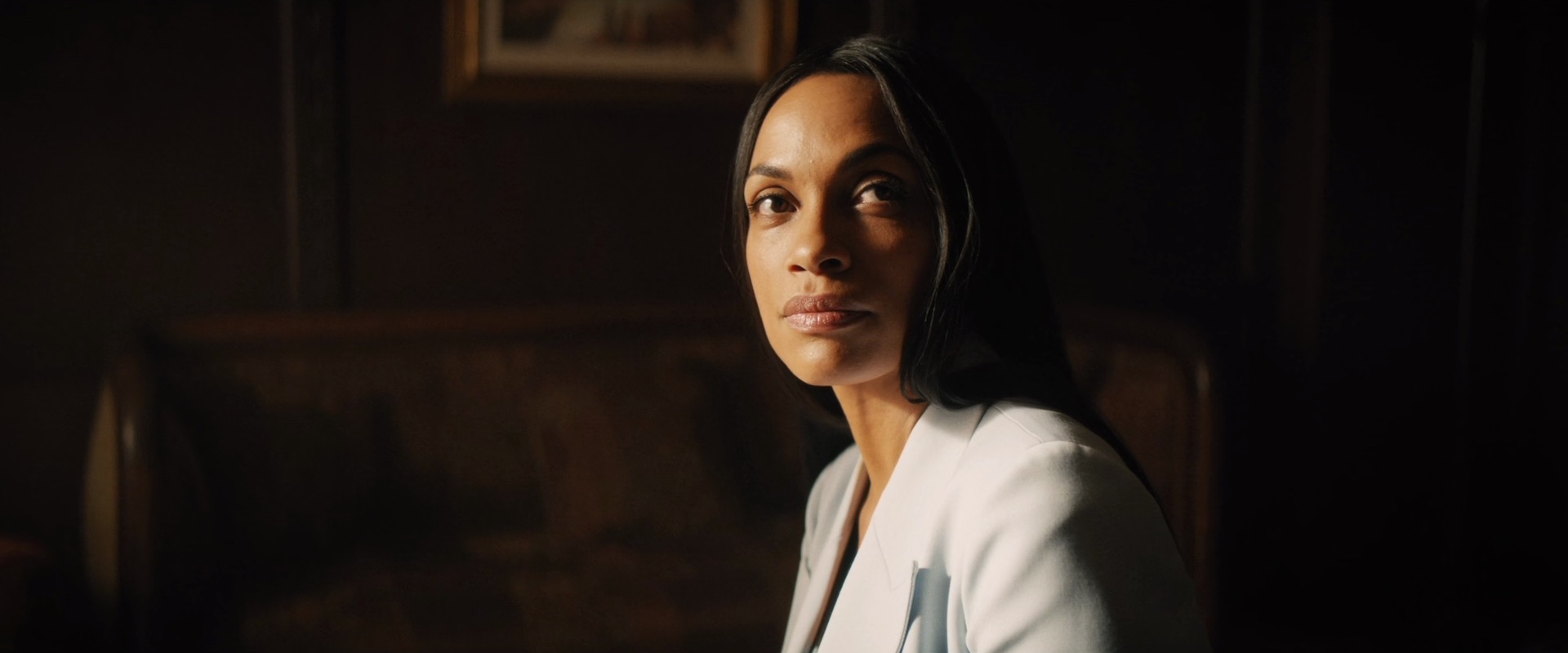
Cinematography of “Briarpatch” by Zachary Galler.
Continue reading »
Continuing the ongoing series of interviews with creative artists working on various aspects of movie and TV productions, it is my pleasure to welcome Almitra Corey. In this interview she talks about her path through the various positions in the art department in her career so far, working on projects rooted in realism, collaborating with different directors across the arc of a season of an episodic production, clearing artwork, and what stays with her after a production is over. Around these topics and more, Almitra dives deep into creating the worlds of the gorgeously crafted first season of “High Fidelity”.
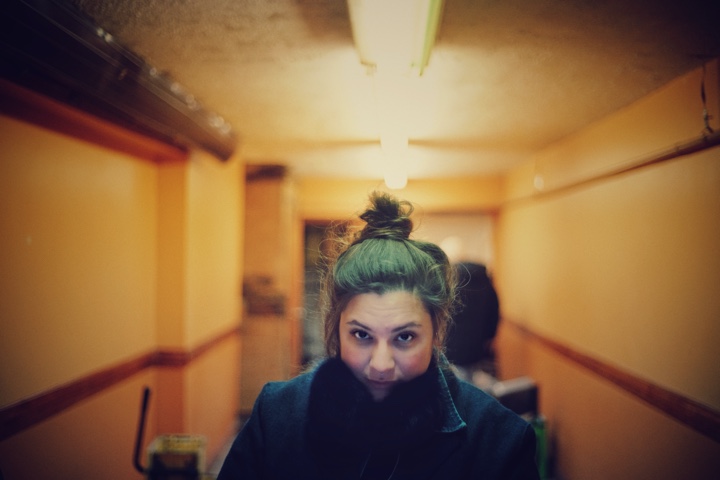
Almitra Corey during scouting on “High Fidelity”. Photo by Jesse Peretz.
Kirill: Please tell us about yourself and the path that took you to where you are today.
Almitra: I started working in production in 2004 about a year after moving to New York from Virginia and it was in kind of an accidental way. I started in the Accounting Department and about 1.5 years later made the move to the Art Department. When I made that move, it clicked for me that I had been doing production design in college, but didn’t know what it was yet.
My college degree is in Sculpture & Extended Media, and I also had a minor in Film & Photography, and an interest in Art History as well. I had planned on becoming a curator or a gallerist all through undergrad. When I moved to New York after college, I worked for the French video artist, Pierre Huyghe, on a couple of projects. We were making films, but it was in the constructs of the art world. I wasn’t thinking about it as a movie or a TV show, as I hadn’t put everything together yet. After that he helped me get a job at the DIA Museum as a docent. Working in the art world was exciting and also made me realize that it wasn’t actually what I wanted to do after all. A few months later I got a job through a friend of a friend helping out in the Accounting department on a TV show and never looked back.
After working in Accounting for a short period, I realized the Art Department was what I wanted to do. I thought I wanted to be a Scenic Artist for a while, and then I wanted to be a Decorator for a long time, and eventually I made my way to Art Directing. I did a few movies with a great Production Designer who’s a dear friend, and after working with him for a couple of years as well as designing a handful of short films and music videos, I was hired to design my first feature. That was “The Invitation” with Karyn Kusama in 2014, and I’ve been a Production Designer ever since.
There’s not a lot of people I know who had the path that I’ve had, starting in Accounting, then being an Art Coordinator for about 5 years, and then Art Directing. Most people start as Art PA or Art Director, or go straight to Production Design. But I didn’t originally want to be a designer. I came up in New York under traditional, old-school designers who had been working for 30+ years or had a background and a degree in architecture, theater design or production design. It didn’t seem like something that was in the cards for me.
I loved the idea of Set Decoration, but after doing a couple of smaller projects as a decorator, I realized that I was more drawn to designing.
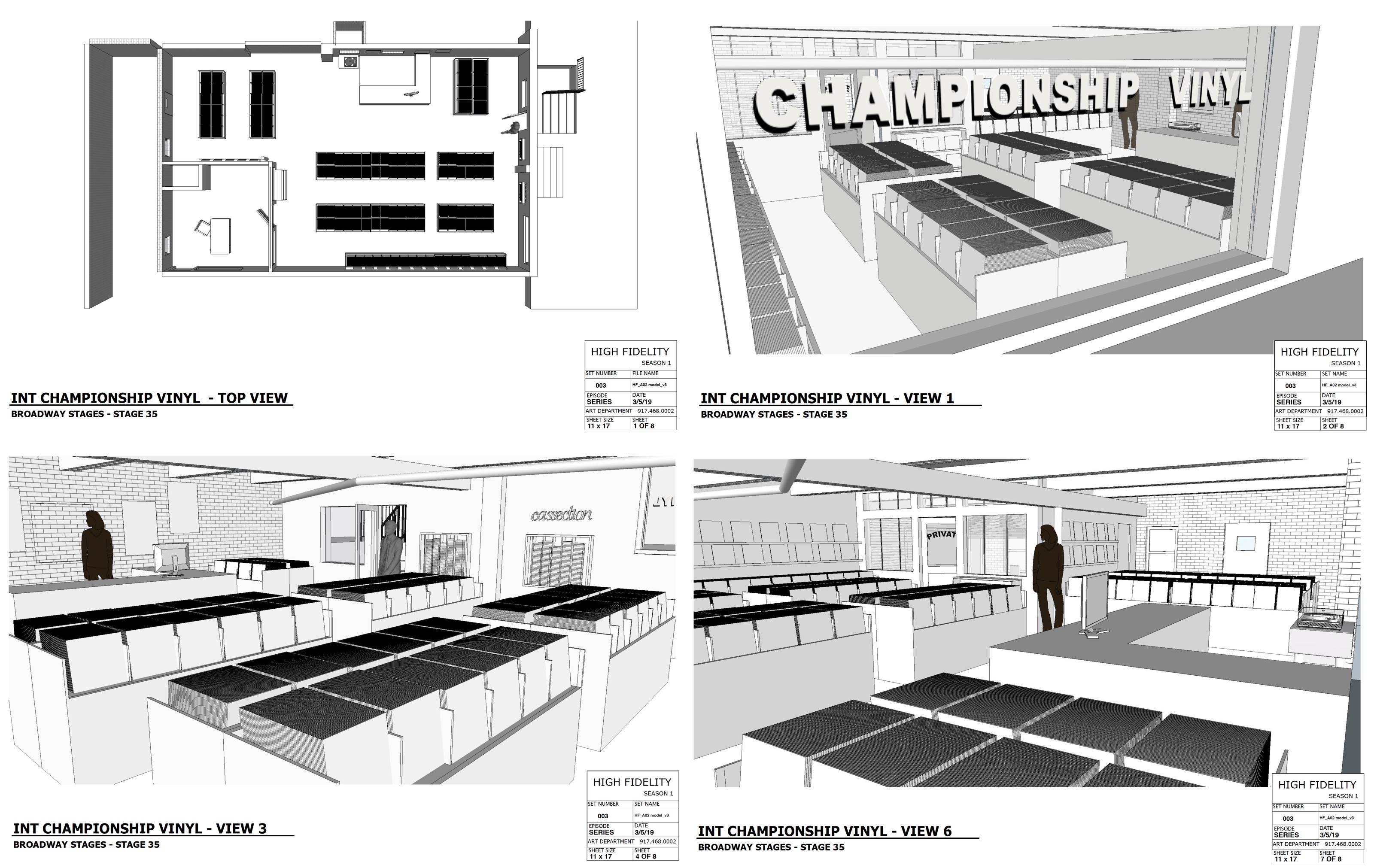
Set design for “High Fidelity”, record store. Courtesy of Almitra Corey.
Kirill: As you look at these first 15 years of your career, are you still surprised by some things when you join a new production?
Almitra: Every time. It’s funny because it’s such a cliche that everybody has always said since I started working in film and television. Every show is different, and it is true.
The last couple of shows I’ve done have been wonderful, and also unique. There was nothing bad about either show. They were incredible and I’m proud of both of them, but they were both very new structures for me. I’m doing the fourth season of “GLOW”, and I’ve never been on a show that existed before. I’ve only done pilots and first seasons, and it was a new thing for me – coming into a show that was this incredibly well-oiled machine. They had three seasons under their belt, and “GLOW” is an iconic show.
You join all the people that had been working on it together, and you come in as the new person. But so did Jeff Waldron, the Director of Photography, as he is new this season too. My whole department is new as well, except for Construction. It’s the same construction team who’s been there since the beginning, and that made it possible to come in pretty smoothly. Every day there was something new. It can be the the communication style, or the type of budgeting, or just little logistical things – but they were brand new to me.
Kirill: Do you find that in the last few years the art department is expected to do more to match the depth of storytelling and meet viewers’ expectations on the sophistication of the worlds you’re building?
Almitra: I’ve never done multiple seasons of a show. I’ve only done one season so far each of the three different shows. But the answer to your question is yes.
I just recently rewatched the whole season of “High Fidelity”, and I definitely was already making mental notes of places that I can grow the sets in the potential second season. It wasn’t that I was watching it and picking out mistakes or things I didn’t like. I’m actually quite happy with the way that show turned out, and I love the way it looks. But there were places where I was thinking about the story and Rob as a character, and how her set can change, how the store can change and grow with time in a realistic way.
“High Fidelity” specifically, but in general also the shows I work on tend to be rooted in reality and realism. I want there to be a reason behind everything we put on the sets – as much as possible.
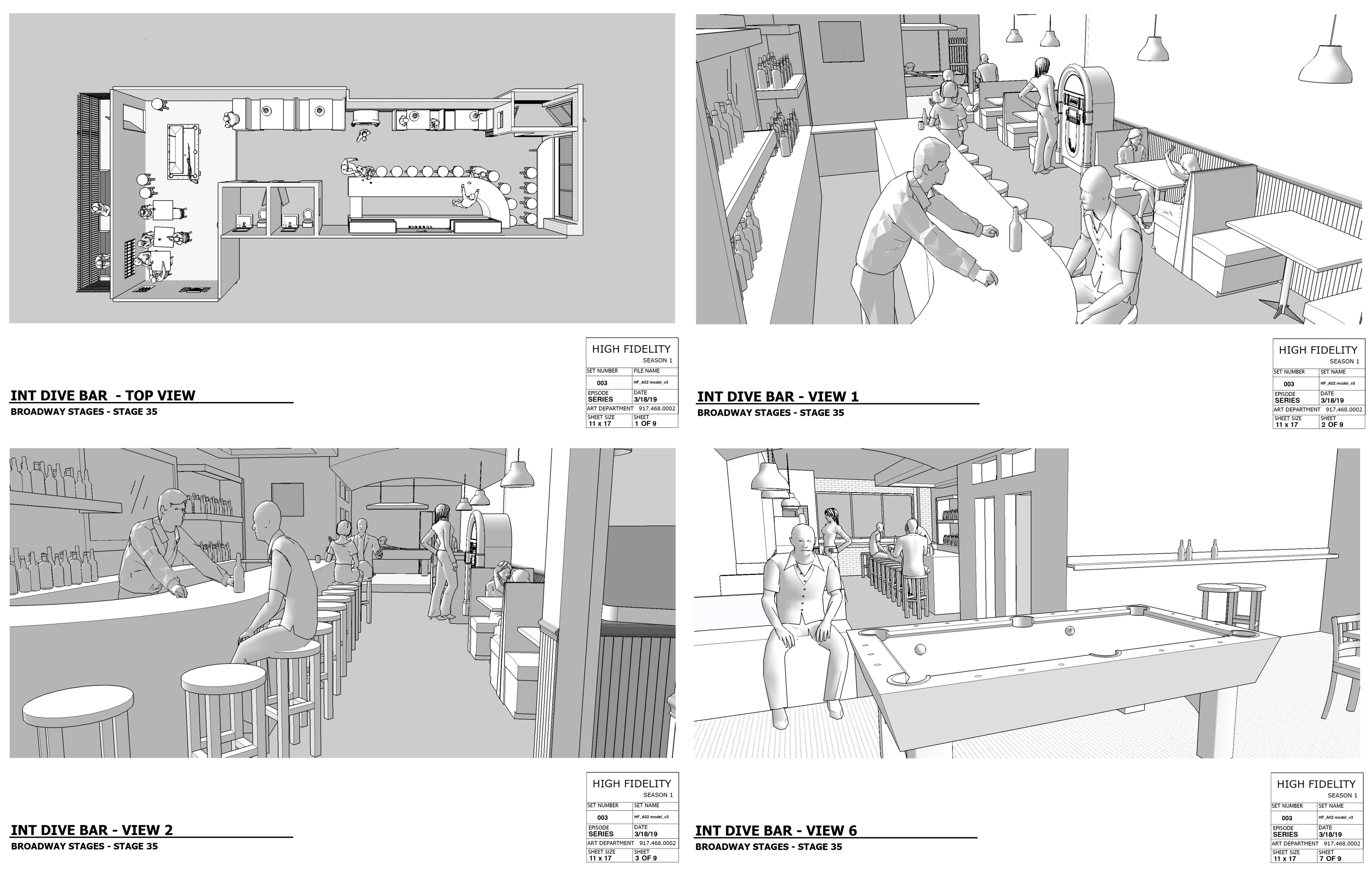
Set design for “High Fidelity”, dive bar. Courtesy of Almitra Corey.
Kirill: Do you worry how your work will be seen in 20-30 years, or will you be happy that some of that work is still relevant and finding its audience after all the time that will have passed?
Almitra: I don’t necessarily worry about how “my” work will be seen in 20-30 years. I don’t think I’ve done any projects that I feel wouldn’t hold up visually. There are a couple of movies I’ve done that I can see finding another audience throughout the years.
I did a movie called “Lucky” with Harry Dean Stanton. That movie was quiet, beautiful, small, and well-loved by people who saw it. I think that’s a movie that I expect will have a little bit of a resurgence at some point. It was a beautiful performance, and it was Harry’s last performance before he passed. Another example for me is “The Invitation” that is such a perfect story. I think it will hold up for a long time because it’s an iconic, suspenseful horror-thriller film, and I think that it’ll be relevant for a long time.
I think about those two movies holding up as a whole, being around and being relevant for a long time. But I don’t necessarily think about my work independent of the whole.
Kirill: Do you find it hard to talk with people about what you do for a living? How do you explain what a production designer does?
Almitra: I have a couple of quick and easy ways to describe it to people. I just say that everything you see on the screen that’s not an actor is pretty much my work and the Art Department’s work. That’s the quick and dirty response that includes all of the departments under the umbrella of the “Art Department”.
If I’m describing it a little bit more in detail, I’ll talk about building a set, or what Construction and Set Decoration do more specifically under my whole department. I’ll say that Construction builds the house, and Set Dec makes it a home. I think this is a common way PD’s can easily describe the job to give a general idea of how it works and what we actually do in a practical way.
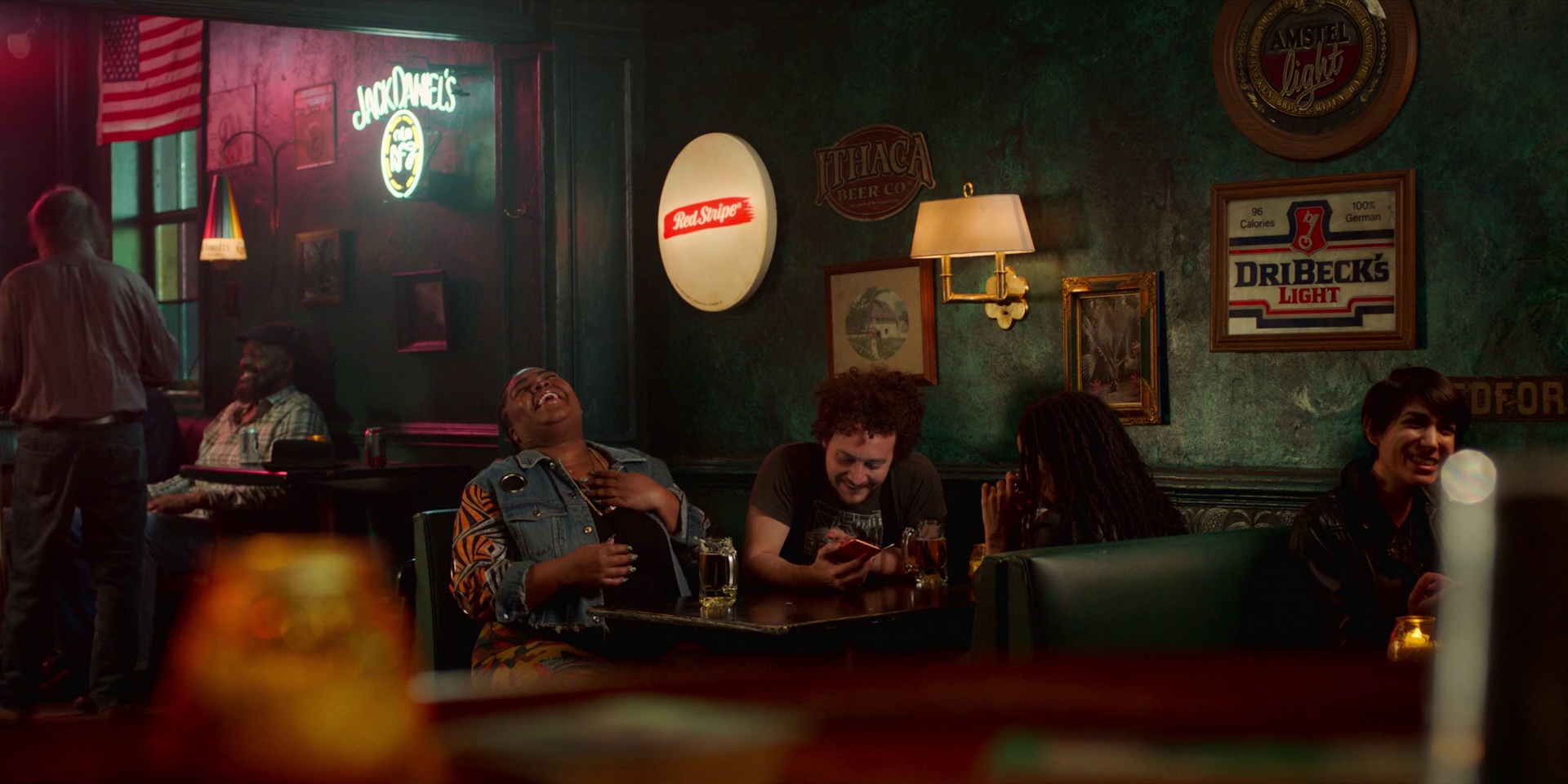
Production design of “High Fidelity”, dive bar, by Almitra Corey.
Continue reading »
Continuing the ongoing series of interviews with creative artists working on various aspects of movie and TV productions, it is my pleasure to welcome Richard Bloom. In this interview he talks about his path through the various positions in the art department in his career so far, the changes in the world of episodic productions in the last few years, differences between feature films and episodic television, and what stays with him after a production is over . Around these topics and more, Richard dives deep into creating the worlds of the beautifully crafted “Briarpatch”.
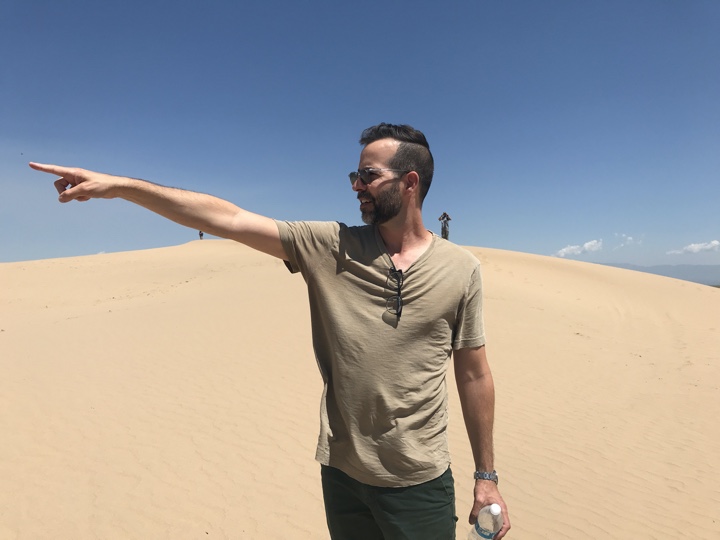
Richard Bloom scouting the dunes for Episode 9 of “Briarpatch” with location manager Dennis Muscari behind left shoulder.
Kirill: Please tell us about yourself and the path that took you to where you are today.
Richard: I was born and raised in Memphis, Tennessee. I discovered my love for theatre in high school, and then went to college in Virginia where I double majored in theater and business.
I knew I loved theatre and design. But right after I graduated from college, I got an opportunity to intern on a film in Los Angeles. So I got in my car and drove from Williamsburg to Hollywood. Then the next day I showed up at the production office of “Austin Powers: The Spy Who Shagged Me”.
Within a couple of weeks that internship turned into my first PA job. And at the end of physical production I had come to meet Mike Myers, and he asked me to be his post-production assistant. So what I thought was going to just be a summer in LA turned into a much longer stay. I ended up working for Mike for a few years as a writer’s assistant. I learned a ton. It was a master class in Hollywood.
Ultimately, I knew that I didn’t want to be an assistant. I wanted to get back into design, so once I left that job, I picked up the crew list from “Austin Powers” and called the art director. As luck would have it, he said that he was going to start a project that week. I showed up, not really knowing what I was getting into.
That project was a small movie called “Donnie Darko.” And Alec Hammond, the designer, asked me if I wanted to be the art department coordinator. I jumped at that offer and then that project went union. It was pretty lucky. I owe a lot to Alec.
Soon after, I met Bo Welch and worked as his art coordinator for many years on many projects. Then slowly I became an assistant art director (thanks to Bo and Maya Shimoguchi), then an art director, and then many years later a designer. I’ve had design opportunities over the years, but “Briarpatch” was the first project that really felt right. It’s also the first series for the showrunner, Andy Greenwald. He’s a fantastic writer and a fantastic guy. I was excited about collaborating with him, and so I said “yes”.
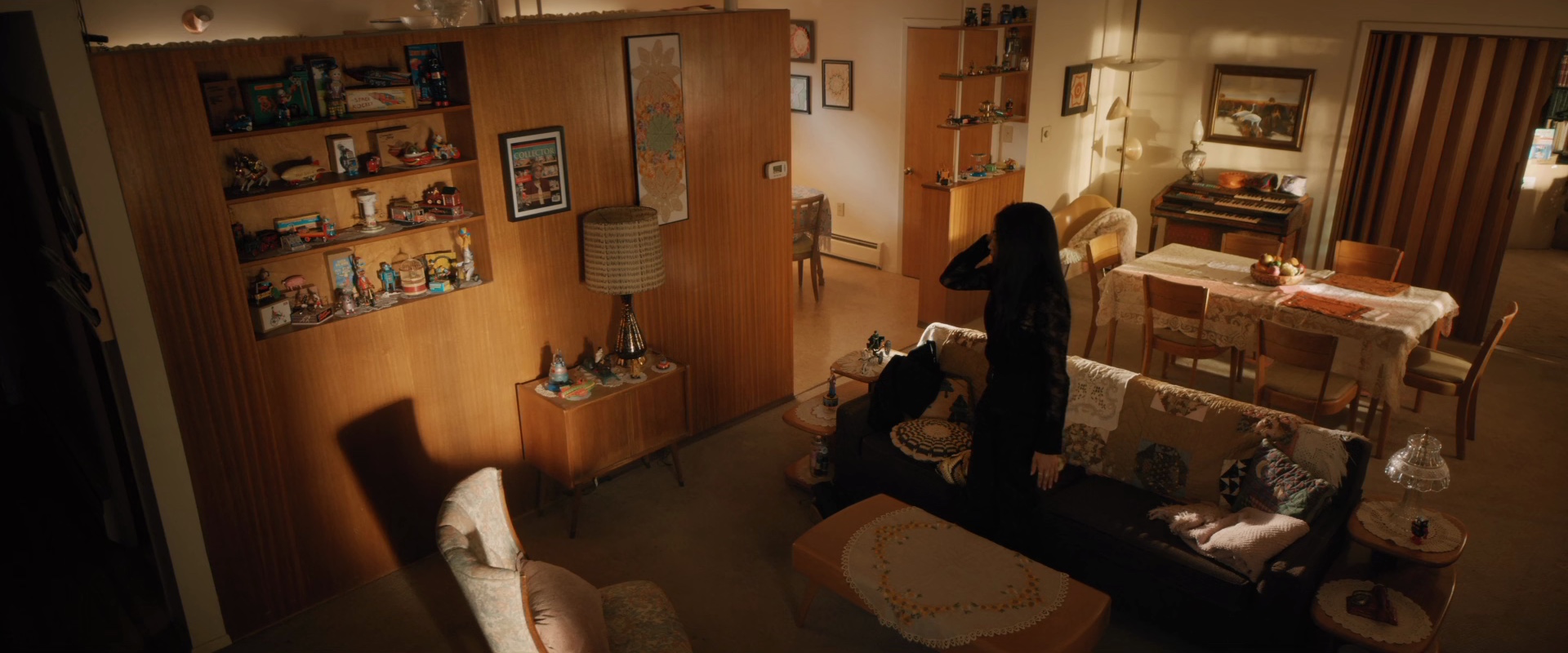
Production design of “Briarpatch” by Richard Bloom.
Kirill: If I take you back 20 years ago, and then from that time jump straight to “Briarpatch”, would you say that the changes the art department has undergone through this time have been gradual or drastic?
Richard: I think it’s been fairly gradual over the years, but for the particular jump from “Men in Black 2” to “Briarpatch” it would be pretty drastic. If making a blockbuster is like running a marathon, making a TV show is like running a marathon of sprints. You have new scripts coming in all the time and a new director showing up every week. You are opening 3 sets a day and prepping 3 more and scouting the next episode. It’s a non-stop cycle. It’s pretty intense.
On “Briarpatch” we were shooting each episode in 8 days, which is quite lean in terms of shooting days. But the appetite is of course to compete with the shows that have bigger budgets and more resources. We had a small crew running at full steam for the episodes. But luckily, the crew was top notch.
I was really blessed to able to bring an art director from LA, Callie Andreadis. She is amazing, and we really have the same shorthand. Our propmaster Jonathan Buchanan also came from LA, and he was fantastic. He was off and running on his own. And then, of course, we had a really strong team in New Mexico lead by our set decorator, Kevin Pierce, and location manager, Dennis Muscari, and our construction coordinator, Robert Fritz. We all had to be on the same page early on, because once we started going, there was really no stopping. And luckily, all the departments worked really well together.
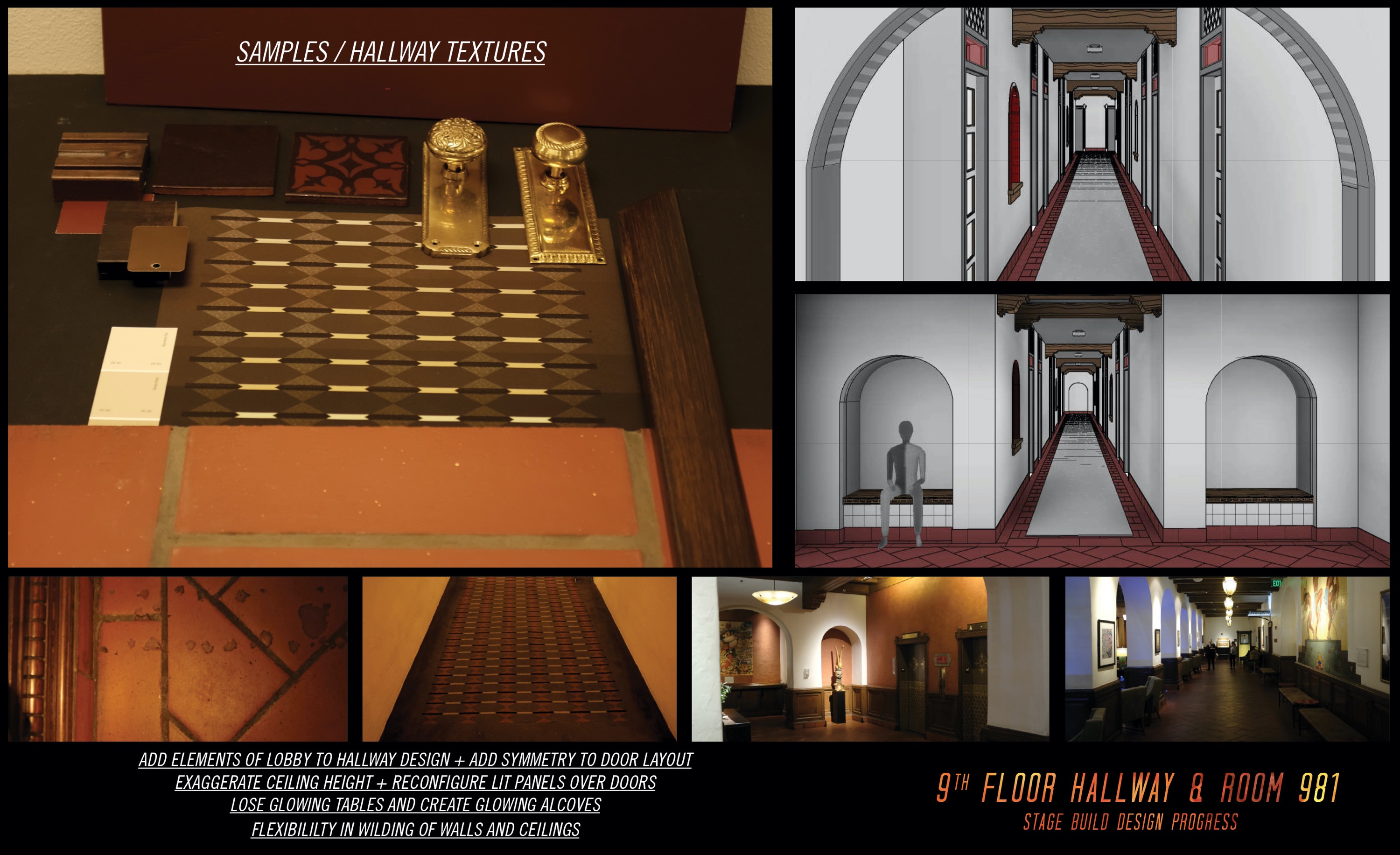
Sketches, plans and set photos of “Briarpatch”, courtesy of Richard Bloom.
Kirill: Did it help for the continuity of the show that you were the art director on the pilot, and then some months later you started doing the whole series?
Richard: Definitely. We had shot the pilot earlier, in the fall of 2018. Brandon Tonner-Connolly designed it and I art directed it. It was a really good taste of what was to come and I got a feel for all that Albuquerque has to offer. The writers’ room hadn’t started when the pilot was shot, and although Andy had a lot of ideas where the show was going there was still a lot to be imagined.
We didn’t build any sets on the pilot. It was all location based. So one thing that I knew coming back for the series is that we were going to build the hotel hallway and the hotel room, and we probably weren’t going to be able to afford to go to the lobby of the hotel in many of the episodes.
So I wanted to redesign that hotel hallway to bring in some of the architectural elements of the lobby. That way, every time you’re up on the 9th floor, you also have that feeling of that hotel lobby down below. Taura Rivera, the set designer on that set really nailed it and our construction team did such a nice job with all the wood and tile details and the fake elevators. I was pleased with all the changes we made. It shot really well.
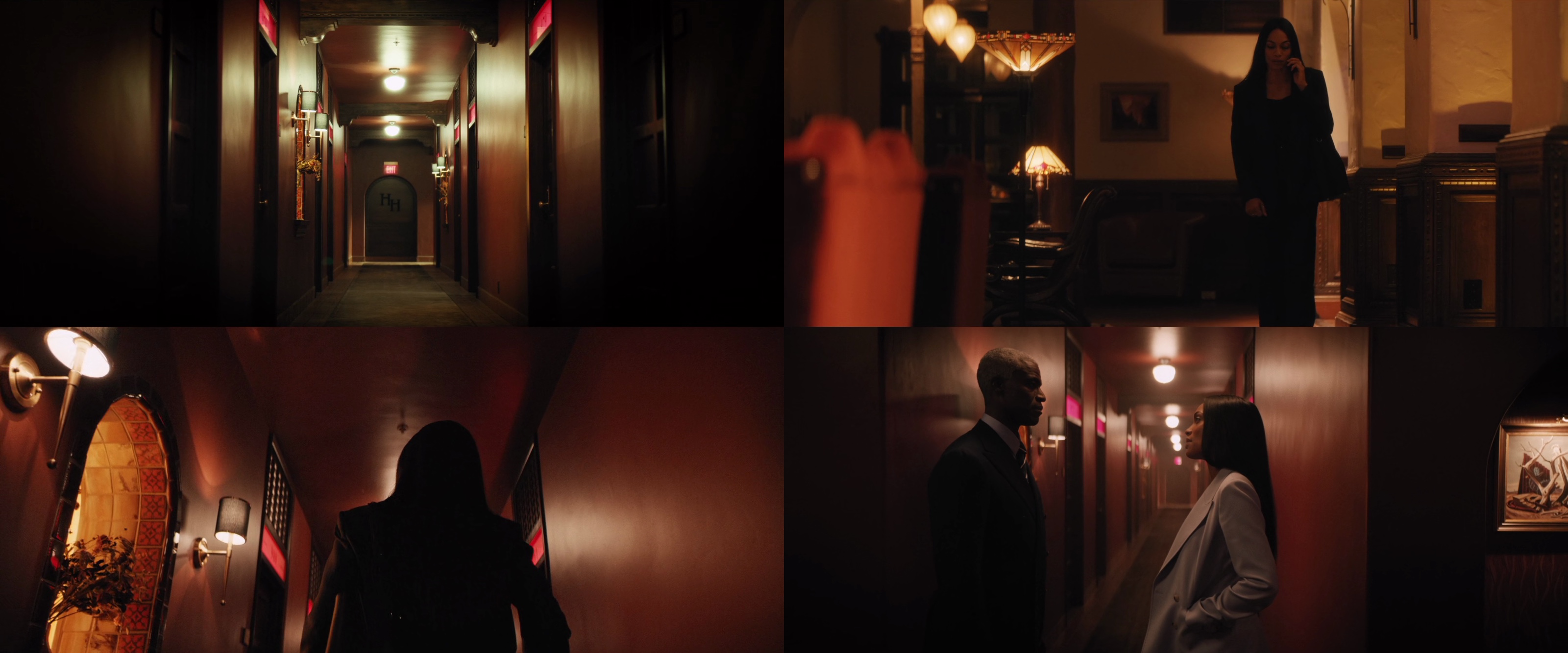
Production design of “Briarpatch” by Richard Bloom.
Continue reading »
Continuing the ongoing series of interviews with creative artists working on various aspects of movie and TV productions, it is my pleasure to welcome Jessica Kender. In this interview she talks about the changes in the world of episodic productions in the last few years, being the guardian of the visual language on her productions, working with digital models, and willing to take more risks as time goes by. Around these topics and more, Jessica looks back at her earlier work on “Dexter” and “Medium”, and dives deep into creating the present and the past on Hulu’s “Little Fires Everywhere”, on which she did all the episodes.
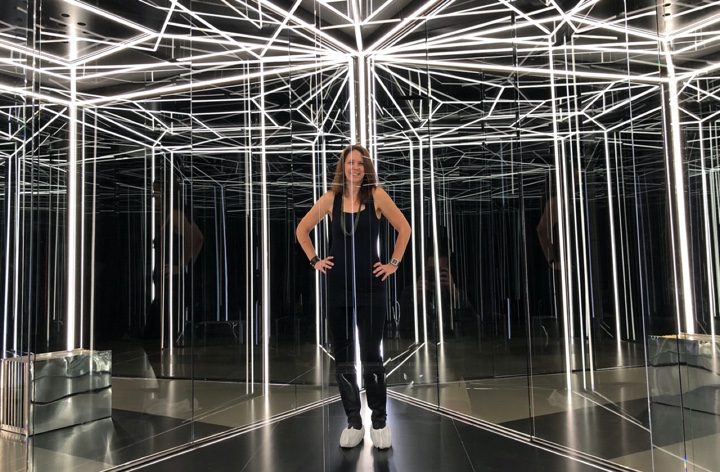
Kirill: Please tell us about yourself and the path that took you to where you are today.
Jessica: I got my start in high school doing stage crew for different theatre shows. The person who was in charge of our stage crew came from Broadway, and we would put on these huge productions unlike what I’ve seen for theater for high school before.
When I applied to college, I wasn’t exactly sure what I wanted to do. I knew I loved doing stage crew, but I wasn’t sure if that was it. I remember standing there with two letters, one that was for Carnegie Mellon and one that was for Brandeis. Brandeis would have been more of a general BA, while Carnegie is a conservatory. I ended up putting Carnegie in. When I graduated, I didn’t have any other skills. It’s a conservatory, so literally all I knew how to do was set design for the theater.
I always wanted to do TV and I wasn’t even interested in features. As a little backstory, I grew up without a TV. My parents didn’t have one, so it was almost like a rebellion for me. It was that because we didn’t have one. When I would go to friends’ houses, no matter when, even in the middle of summer, I just wanted to watch TV. I didn’t care if it was a soap opera or something else. I just wanted to watch.
So when I graduated in set design, I had the skills to set design for theater, but I knew I wanted to get into television. So I worked in New York for two years doing theater and then doing industrials. And when I came out to LA, I was able to get into TV and I stayed there ever since.
Kirill: Would you say that most of your career so far has coincided with two big transitions in the world of TV, the first being the depth of storytelling, and the second being the transition to digital, high definition technology? If so, how has this affected what you’re doing?
Jessica: It’s fascinating. My first production design job was on “Medium”. There, we made the switch to high-def in the middle of shooting it. I remember people being terrified of how would the actors look. There was panic, and it 100% changed the quality of the work that we do.
When I originally started, we would put together flats. You would paint those flats and they would go up on TV. Once we switched to high-def, we did a plaster skim coat on every single set, because you didn’t want it to look like raw luan. And that translated for everything.
I was recently looking back at some of my “Medium” work. Some of it I’m very proud of still to this day, because we did a lot of fun stuff on that show. But from a set point of view, you can tell that’s an older show without even watching it. I’ve edited the pictures of those sets on my website and I’m still proud of that work, but when you go through them, you would see that it’s almost a more rudimentary or a slightly theatrical approach to production design and the way we built stuff back then.

Obsessive math professor’s apartment in “Medium”. Courtesy of Jessica Kender.
You’re right that it tied in with the fact that TV was starting to become the medium that was a lot more respected. It wasn’t just the formulaic one-hour dramas. After “Medium” I did “October Road”, and after that was “Dexter”. We played around on “Medium” and did some interesting ideas like plane crashes and flashbacks. But “Dexter” was the beginning of that boom.
Before “Medium,” I worked as an assistant art director on “The Shield” in 2003, and that was an FX show. That was also around the time the TV started changing, doing things that people didn’t see before. “The Shield” was based on the Rampart Police Department that was full of corruption. It was one of FX first signature shows, and all of a sudden you had the antihero but on TV. You almost never saw the antihero on TV before that time. Our leads were all corrupt, nasty people and viewers were fascinated. It delved into all sorts of stuff we didn’t see, but it took a while until you started seeing that everywhere.
Then all the premium cable networks started coming out and that just elevated everything. You had stories that weren’t meant to appeal to the general audience. Old TV had that more neutral flavor, because it had to make everyone happy. But once you had the premium networks working, you didn’t have to appeal to everyone, and you had more money. So we have this high-def coming along, and all of a sudden we have the money to back up the stuff we’re doing. Everything started to change. Everything started to look better.
On my very first union show as a production designer I was one of four people. And my art department on our current show is 11 people. Just the amount of people that you need to staff with shows the change that has happened.
Kirill: As the shows continue with the yearly schedules, is this why we’re seeing much shorter seasons, down from 22-23 episodes to 10-12, or even sometimes as few as 8?
Jessica: “Medium” was my only production design that was 22 episodes. “Dexter” had 12 episodes in each season. I just finished working on “Little Fires Everywhere”, and that was 8 episodes in 9 months. Back when I was on “Medium”, we did 22 episodes in 10 months.
So yes, we are doing less episodes, but we’re putting more into it. “Dexter” was still on an 8-day schedule. “Little Fires Everywhere” was between 11 and 15 days per episode, but the amount of prep that you do now for shows compared to back then is significantly more. You have more time to flesh out what you’re trying to say, to build all your sets, to really sit with everybody and figure out what is the look of the show.
In those early days you would come in, and start running and gunning. I was lucky if I had 6 weeks prep, while on the latest show I was on until it was shut down we had 14 weeks of prep. People have realized that TV is a different world now, and are treating it that way.
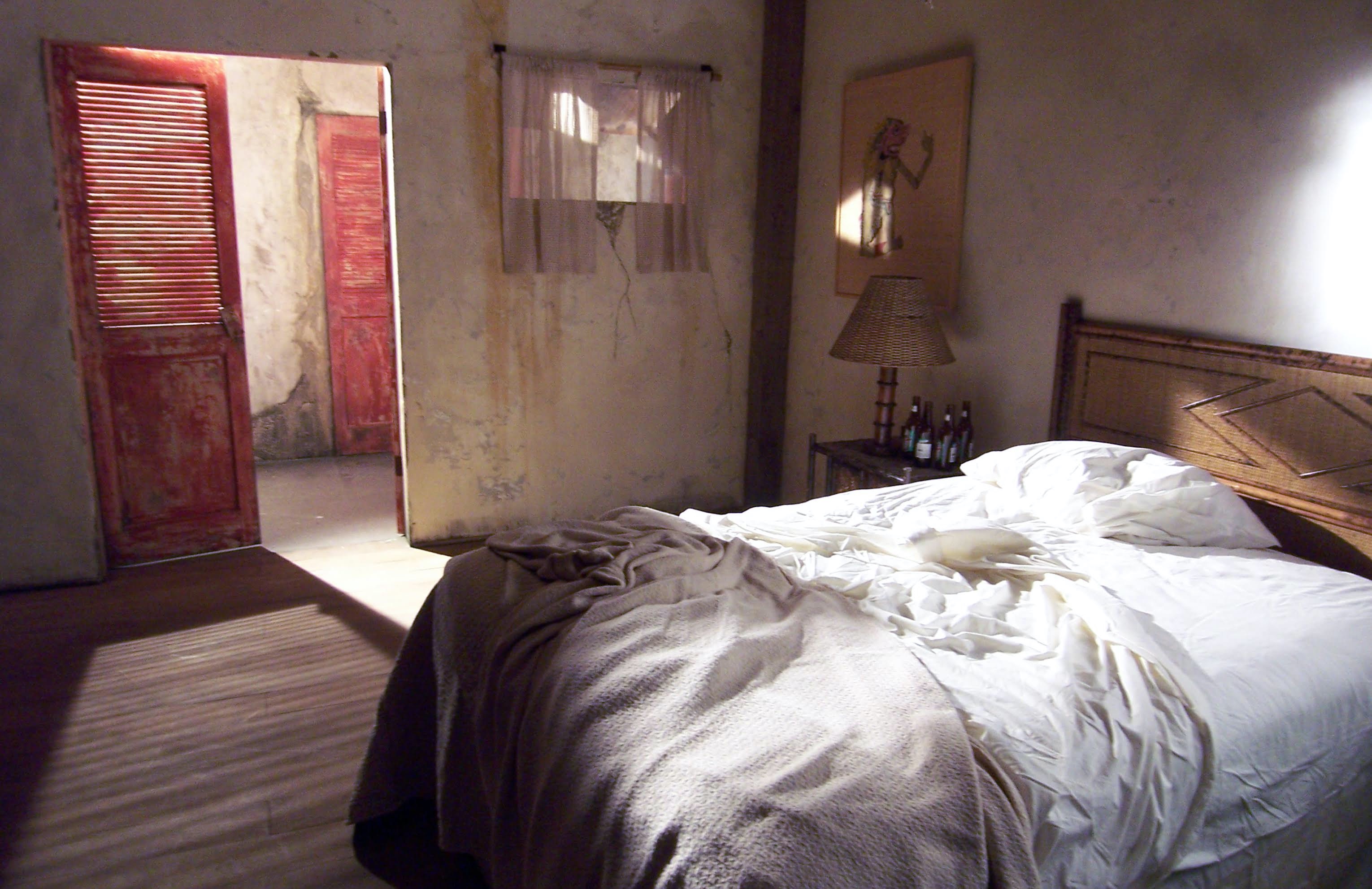
Indonesian motel room in “Medium”. Courtesy of Jessica Kender.
Continue reading »
![]() Kirill: Please tell us about yourself and the path that took you to where you are today.
Kirill: Please tell us about yourself and the path that took you to where you are today.![]()
![]()
![]()